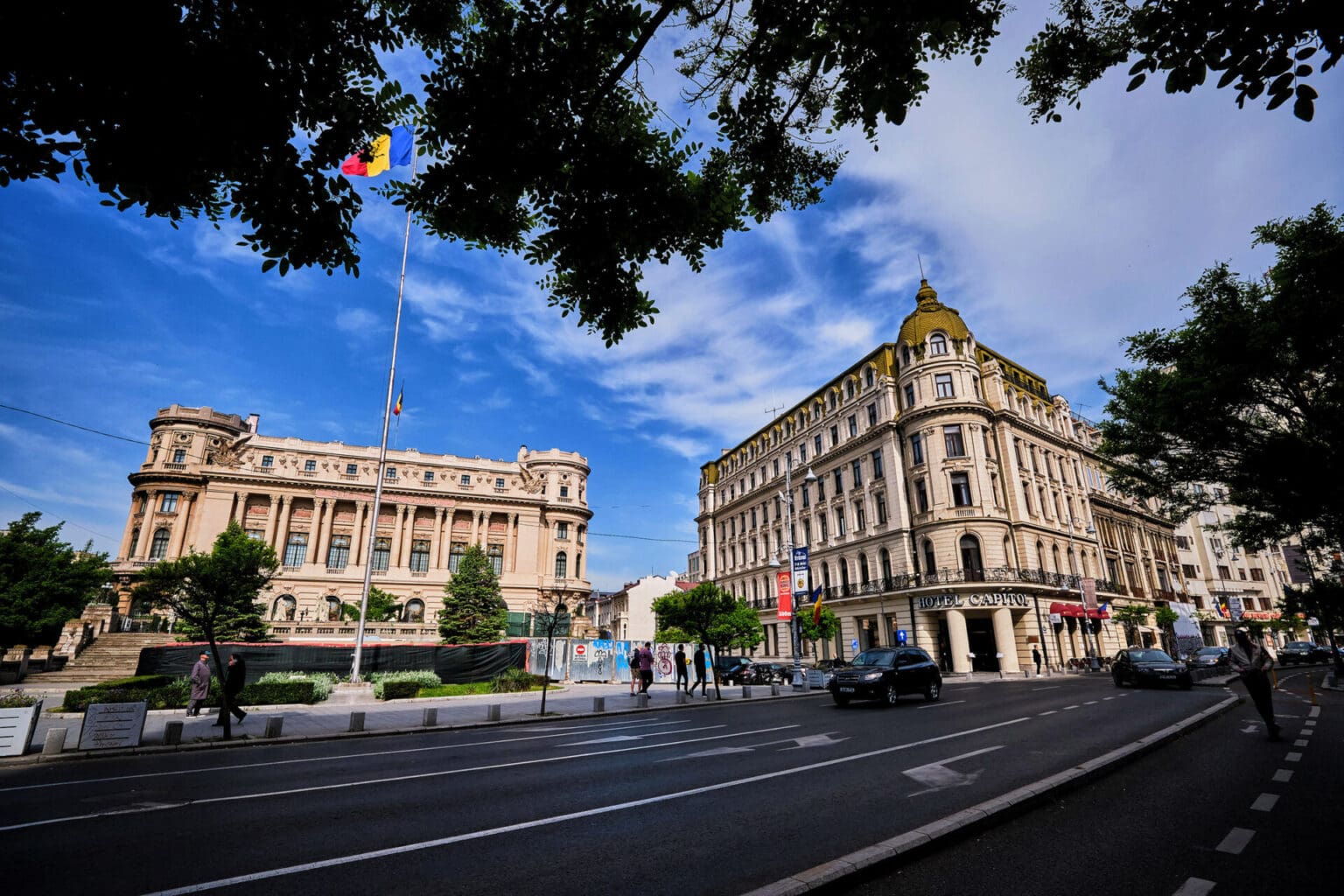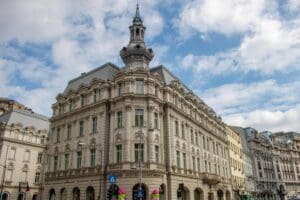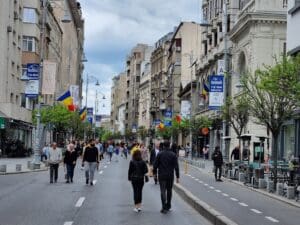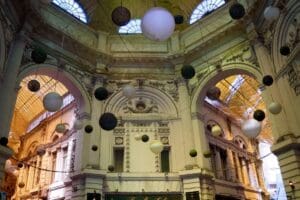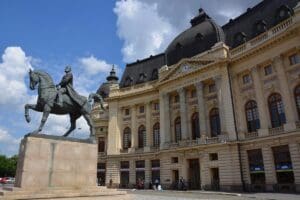Description
Calea Victoriei (Victory Avenue) is one of Bucharest’s most iconic streets, stretching approximately 2.7 kilometres through the heart of the city. Established in the late 17th century, it was originally known as Ulița Mare and later renamed in 1878 to commemorate Romania’s victory in the War of Independence. The avenue is renowned for its rich architectural heritage, featuring a blend of neoclassical, Belle Époque, and Art Deco buildings, many of which house cultural institutions, museums, and historic landmarks.
Notable sites along Calea Victoriei include the National Museum of Art of Romania, housed in the former Royal Palace; the Romanian Athenaeum, a symbol of Romanian culture; and the Kretzulescu Church, an example of Brâncovenesc architecture. The avenue also boasts the Cantacuzino Palace, which now hosts the George Enescu Museum, and the Monteoru House, a historic building that has served various cultural purposes over the years. In recent years, Calea Victoriei has become a vibrant cultural hub, hosting events like the “Dance Night” festival, which features performances by ballerinas and other artists in public spaces along the avenue.
Today, Calea Victoriei is a pedestrian-friendly zone, especially during weekends and holidays, offering a pleasant environment for leisurely walks, shopping, and dining. The avenue is lined with boutiques, cafes, and restaurants, making it a popular destination for both locals and tourists. Its central location provides easy access to other parts of Bucharest, and its blend of historical charm and modern amenities continues to make it a must-visit area in the city.
Location
-
Calea Victoriei, Bucharest, Romania
